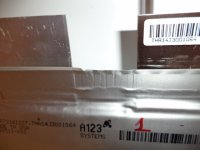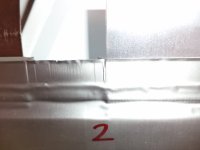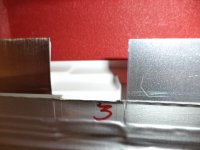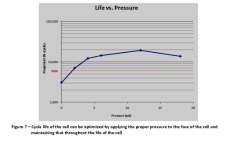r3volved
100 kW
I just wanted to throw out my experiences with canadian customs and my batteries...
My original vpower pack shipped by sea a couple years ago with no duty/import charges and no tampering by anyone.
By air, I've had every battery (shipping box) opened by customs and have been charged duty on them. They have actually been super good with the batteries and I wouldn't have even noticed the boxes had been opened by customs except that they left a little extra sticker.
I'm not sure if this means much to you, but they've been pretty sneaky opening and resealing these for me...
My original vpower pack shipped by sea a couple years ago with no duty/import charges and no tampering by anyone.
By air, I've had every battery (shipping box) opened by customs and have been charged duty on them. They have actually been super good with the batteries and I wouldn't have even noticed the boxes had been opened by customs except that they left a little extra sticker.
I'm not sure if this means much to you, but they've been pretty sneaky opening and resealing these for me...






